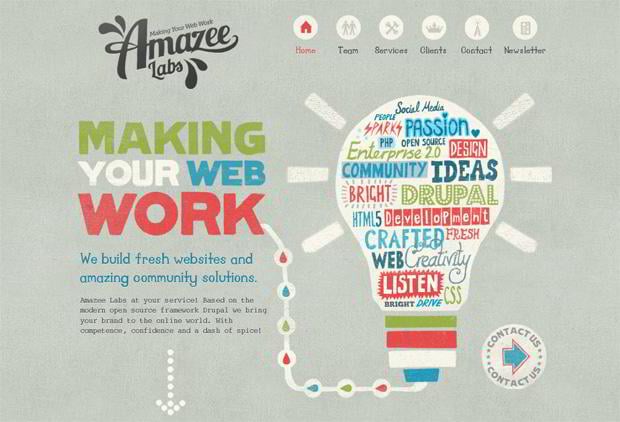The Transformation Of Online Operatings Systems: A Journey Through Time
The Transformation Of Online Operatings Systems: A Journey Through Time
Blog Article
Article Developed By-Johansen Harding
In the past, web sites were easy and concentrated on details. Navigation was straight, and layout was for desktop computers. Currently, user experience is vital. Information guides designs for simple navigation. Receptive designs match various devices. Today, dark mode decreases pressure, and minimalist menus enhance navigation. Interactive functions engage users, and strong visuals stand apart. AI combination enhances interaction. See exactly how design has progressed to boost your online trip.
Very Early Days of Web Design
In the early days of website design, simplicity reigned supreme. Web sites were fundamental, with restricted shades, fonts, and formats. The emphasis got on giving details as opposed to flashy visuals. Customers accessed the web through sluggish dial-up links, so speed and performance were crucial.
Navigation menus were straightforward, typically located on top or side of the web page. Web sites were designed for computer, as mobile surfing wasn't yet common. Web content was king, and developers focused on very easy readability over intricate design aspects.
HTML was the main coding language made use of, and designers needed to work within its restrictions. Animations and interactive functions were marginal compared to today's requirements. Web sites were static, with little dynamic content or individualized individual experiences.
Increase of User-Focused Design
With the evolution of website style, a change in the direction of user-focused style principles has come to be increasingly famous. Today, creating websites that prioritize user experience is crucial for involving site visitors and accomplishing organization goals. User-focused design entails comprehending the demands, choices, and habits of your target market to tailor the internet site's design, content, and features accordingly.
Designers now carry out detailed research, such as customer studies and functionality testing, to gather understandings and feedback directly from individuals. This data-driven approach helps in creating instinctive navigating, clear calls-to-action, and aesthetically attractive user interfaces that reverberate with visitors. By putting link web page at the facility of the design procedure, web sites can supply a more tailored and satisfying experience.
Responsive style has likewise become a vital element of user-focused design, ensuring that web sites are optimized for different gadgets and screen sizes. This adaptability enhances ease of access and functionality, dealing with the diverse ways users communicate with internet sites today. Basically, visit the next site of user-focused design signifies a change in the direction of producing electronic experiences that prioritize the requirements and expectations of completion individual.
Modern Trends in Web Design
Discover the most up to date trends forming web design today. One prominent pattern is dark setting layout, supplying a smooth and contemporary look while minimizing eye pressure in low-light environments. An additional crucial fad is minimal navigating, simplifying menus and enhancing customer experience by concentrating on essential elements. Including micro-interactions, such as animated switches or scrolling effects, can develop a more appealing and interactive site. Receptive style stays critical, ensuring seamless customer experiences across numerous devices. Furthermore, using bold typography and asymmetrical layouts can add aesthetic interest and accentuate particular material.
Incorporating AI technology, like chatbots for client assistance or personalized referrals, enhances user interaction and simplifies procedures. Ease of access has also end up being a substantial pattern, with designers prioritizing comprehensive design techniques to cater to varied user demands. Welcoming sustainability by enhancing site efficiency for speed and performance is another emerging fad in web design. Collaborating with user feedback and information analytics to iterate and improve layout constantly is vital for staying relevant in the ever-evolving digital landscape. By welcoming these modern patterns, you can create an aesthetically appealing, easy to use site that resonates with your target market.
Conclusion
As you reflect on the evolution of web site design from the very early days to currently, you can see how user-focused design has ended up being the driving force behind modern-day trends.
Accept the journey of modification and adaptation in web design, always maintaining the user experience at the center.
Stay existing with the latest fads and modern technologies, and never stop advancing your technique to create visually magnificent and straightforward internet sites.
Advance, adapt, and produce - the future of website design remains in your hands.
